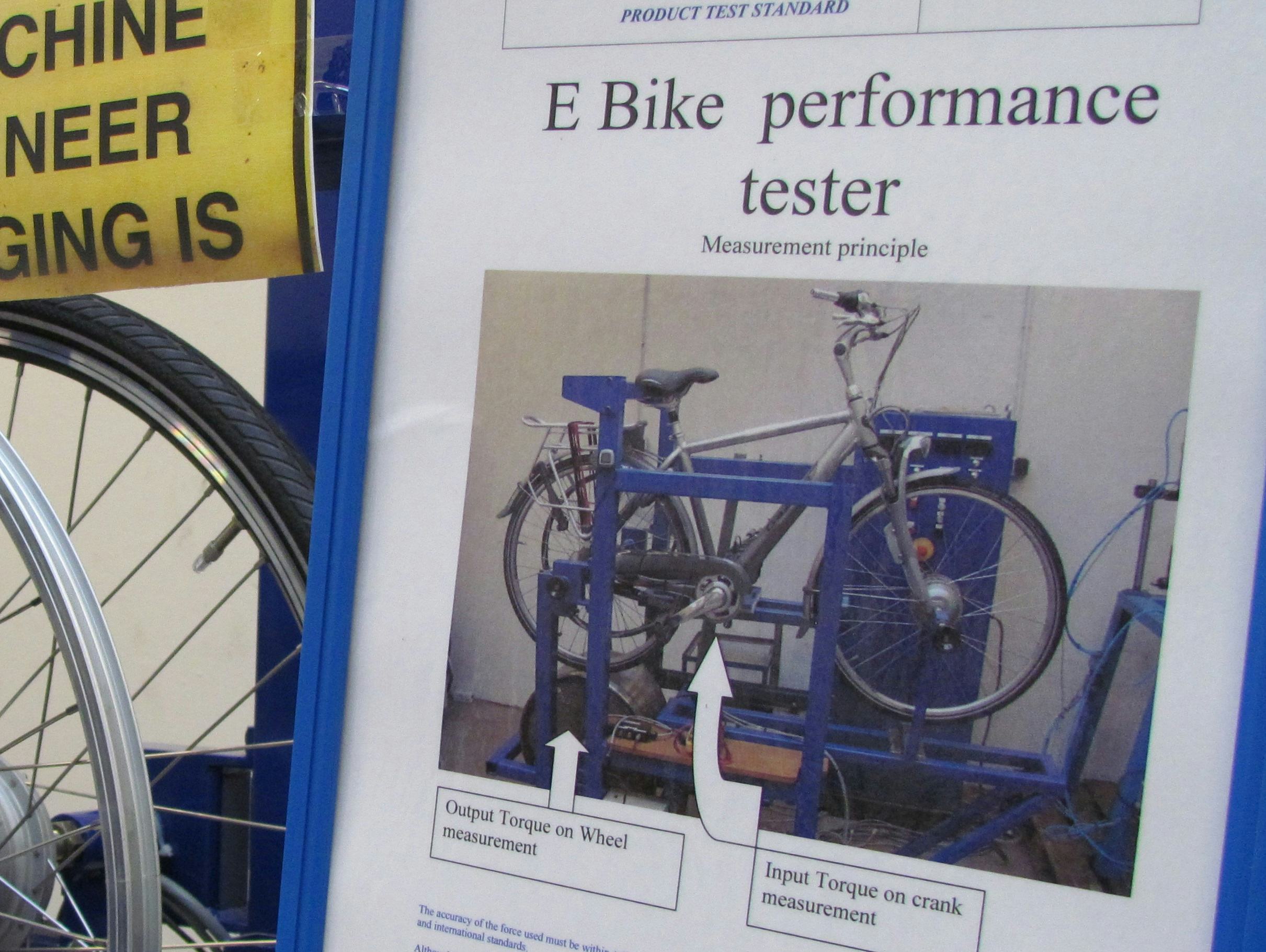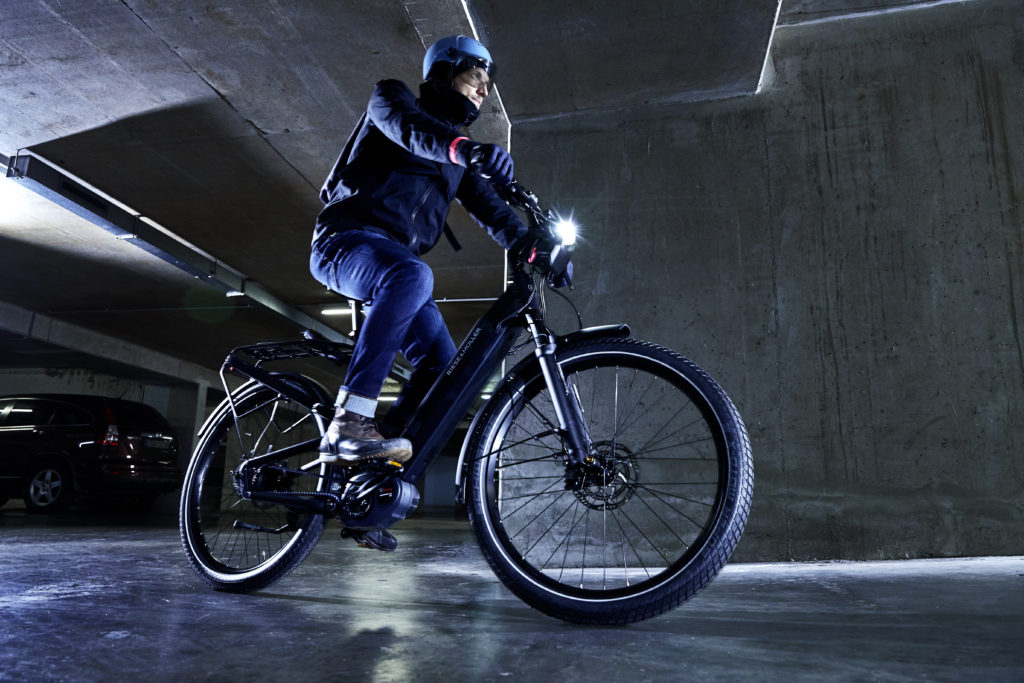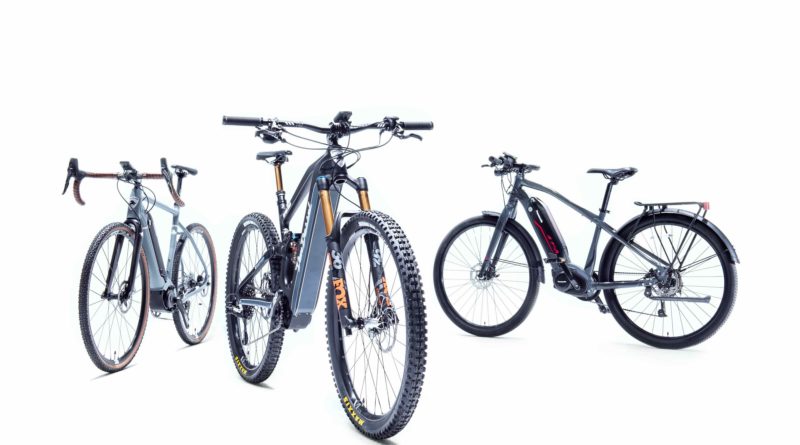What are eBike Safety Standards and Certifications?
eBike safety standards and certifications are essential guidelines and regulations that ensure the safe design, manufacturing, and use of electric bicycles (eBikes). These standards cover various aspects of eBike construction, such as electrical systems, mechanical components, and ergonomics. By adhering to these standards, manufacturers can produce eBikes that offer improved safety, reliability, and performance. At the same time, consumers can benefit from a more enjoyable and worry-free riding experience.
eBike safety standards and certifications are typically developed and overseen by reputable organizations, such as Underwriters Laboratories (UL), the European Committee for Standardization (CEN), and others. These organizations establish rigorous testing and evaluation procedures to ensure that eBikes meet or exceed the required safety benchmarks. By following these standards, manufacturers demonstrate their commitment to producing high-quality, safe, and reliable eBikes that meet the needs and expectations of consumers.

Key Safety Standards and Certifications for eBikes
When it comes to eBike safety standards and certifications, several key organizations and regulations play a crucial role in ensuring the safe design, manufacturing, and use of electric bicycles. Here are some of the most important safety standards and certifications for eBikes:
UL 2849
UL 2849 is a safety standard developed by Underwriters Laboratories (UL) for eBikes and other electrically powered bicycles. This standard covers various aspects of eBike safety, including electrical systems, batteries, chargers, and mechanical components. By adhering to UL 2849, manufacturers can ensure that their eBikes meet rigorous safety benchmarks and offer improved reliability and performance.
EN 15194
EN 15194 is a European safety standard for eBikes, also known as the “Cycles – Electrically Power Assisted Cycles (EPAC) – Safety Requirements and Test Methods” standard. This standard covers various aspects of eBike safety, such as electrical systems, brakes, steering, and lighting. By complying with EN 15194, eBike manufacturers can ensure that their products meet the safety requirements of the European market and offer improved safety and performance for consumers.
Other Safety Standards and Certifications
Other safety standards and certifications for eBikes include the International Electrotechnical Commission’s (IEC) IEC 62133 standard for rechargeable batteries, the Federal Communications Commission’s (FCC) regulations for wireless communication devices, and the European Union’s (EU) CE marking requirements. By adhering to these standards and certifications, eBike manufacturers can demonstrate their commitment to safety, reliability, and performance, and offer consumers a more enjoyable and worry-free riding experience.

How to Identify Certified eBikes
When shopping for an eBike, it’s crucial to prioritize safety and look for products that comply with relevant safety standards and certifications. Here are some tips for identifying certified eBikes:
- Look for labels and certificates: Reputable eBike manufacturers will display safety certifications and labels prominently on their products and packaging. These labels may include the UL 2849 or EN 15194 certifications, as well as other relevant safety marks. Consumers should also look for certificates of compliance, which may be available on the manufacturer’s website or upon request.
- Check the manufacturer’s website: Manufacturers who prioritize safety will often provide detailed information about their safety certifications and compliance on their websites. Consumers should look for information about the eBike’s electrical systems, batteries, chargers, and mechanical components, as well as any relevant safety testing and certification.
- Ask questions: Consumers should not hesitate to ask questions about an eBike’s safety certifications and compliance before making a purchase. Reputable manufacturers and retailers should be able to provide detailed information about their safety standards and certifications, as well as any relevant safety testing and validation.
- Choose reputable brands: When it comes to eBike safety, it’s essential to choose a reputable brand with a proven track record of safety and compliance. Consumers should look for brands that prioritize safety and compliance, and that have a history of producing high-quality, reliable eBikes.
- Avoid uncertified products: While it may be tempting to choose a cheaper, uncertified eBike, doing so can put consumers at risk. Uncertified eBikes may not meet the relevant safety standards and certifications, and may be more prone to failures, malfunctions, and other safety hazards. Consumers should prioritize safety over cost, and choose certified eBikes from reputable manufacturers.
By following these tips, consumers can ensure that they are choosing an eBike that meets the relevant safety standards and certifications, and that offers improved safety, reliability, and performance. Prioritizing safety is essential when choosing an eBike, and consumers should look for products that meet or exceed the relevant safety standards and certifications.

Benefits of Choosing eBikes with Safety Standards and Certifications
When shopping for an eBike, it’s important to prioritize safety and look for products that comply with relevant safety standards and certifications. Here are some of the benefits of choosing eBikes that meet safety standards and certifications:
- Improved safety: eBikes that meet safety standards and certifications are designed and manufactured with safety in mind. These eBikes undergo rigorous testing and validation to ensure that they meet the relevant safety requirements, reducing the risk of accidents and injuries. By choosing an eBike that meets safety standards and certifications, consumers can enjoy a safer and more enjoyable riding experience.
- Reliability: eBikes that meet safety standards and certifications are more reliable and less prone to failures and malfunctions. These eBikes are built with high-quality components and undergo rigorous testing and validation to ensure that they can withstand the demands of daily use. By choosing an eBike that meets safety standards and certifications, consumers can enjoy a more reliable and dependable riding experience.
- Performance: eBikes that meet safety standards and certifications are designed and manufactured to deliver optimal performance. These eBikes are built with high-quality components and undergo rigorous testing and validation to ensure that they can deliver the power, speed, and range that consumers expect. By choosing an eBike that meets safety standards and certifications, consumers can enjoy a more enjoyable and satisfying riding experience.
- Reduced risk: eBikes that meet safety standards and certifications are less likely to pose a risk to consumers, other road users, and the environment. These eBikes are designed and manufactured to minimize the risk of accidents, injuries, and environmental damage, making them a safer and more responsible choice for consumers.
- Compliance with regulations: eBikes that meet safety standards and certifications are more likely to comply with relevant regulations and laws. By choosing an eBike that meets safety standards and certifications, consumers can avoid legal issues and ensure that they are using a product that is safe, reliable, and compliant with local regulations and laws.
On the other hand, using eBikes without proper certifications can pose significant risks and drawbacks. These eBikes may not meet the relevant safety standards and requirements, and may be more prone to failures, malfunctions, and other safety hazards. Using eBikes without proper certifications can also put consumers at risk of legal issues, and may result in a less enjoyable and satisfying riding experience.
In conclusion, choosing eBikes that meet safety standards and certifications is essential for ensuring a safer, more reliable, and more enjoyable riding experience. By prioritizing safety and choosing eBikes that meet or exceed the relevant standards and certifications, consumers can enjoy all the benefits of eBiking, while minimizing the risks and drawbacks.

Real-Life Examples of eBikes with Safety Standards and Certifications
When shopping for an eBike, it’s important to look for products that comply with relevant safety standards and certifications. Here are some examples of reputable eBike brands and models that meet or exceed these standards:
- Specialized Turbo Vado: The Specialized Turbo Vado is a high-performance eBike that meets or exceeds many safety standards and certifications, including EN 15194 and UL 2849. This eBike features a powerful motor, a durable battery, and a range of safety features, such as integrated lights, hydraulic disc brakes, and a high-visibility reflective frame. The Specialized Turbo Vado is designed for urban commuting and recreational riding, and offers a safe, reliable, and enjoyable riding experience.
- Trek Verve+: The Trek Verve+ is a versatile and practical eBike that meets or exceeds many safety standards and certifications, including EN 15194 and UL 2849. This eBike features a comfortable upright riding position, a smooth and quiet motor, and a long-lasting battery. The Trek Verve+ also includes a range of safety features, such as integrated lights, hydraulic disc brakes, and a sturdy frame with a low center of gravity. The Trek Verve+ is ideal for commuting, fitness riding, and recreational adventures.
- Stromer ST2: The Stromer ST2 is a high-performance eBike that meets or exceeds many safety standards and certifications, including EN 15194 and UL 2849. This eBike features a powerful motor, a large-capacity battery, and a range of advanced safety features, such as anti-theft protection, GPS tracking, and a touchscreen display with real-time data and alerts. The Stromer ST2 is designed for urban commuting and long-distance touring, and offers a safe, reliable, and enjoyable riding experience.
By choosing eBikes from reputable brands that comply with safety standards and certifications, consumers can enjoy a safer, more reliable, and more enjoyable riding experience. These eBikes are designed and manufactured with safety in mind, and undergo rigorous testing and validation to ensure that they meet the relevant safety requirements. By prioritizing safety and choosing eBikes that meet or exceed the relevant standards and certifications, consumers can enjoy all the benefits of eBiking, while minimizing the risks and drawbacks.

How to Maintain eBike Safety Standards and Certifications
Maintaining eBike safety standards and certifications is crucial for ensuring a safe and enjoyable riding experience. Here are some tips and best practices for maintaining eBike safety standards and certifications throughout the lifespan of the eBike:
- Regular Inspections: Regular inspections can help identify any issues or concerns with the eBike’s safety features and components. Consumers should follow the manufacturer’s recommended maintenance schedule, and have the eBike inspected by a qualified technician at least once a year.
- Maintenance and Upgrades: Regular maintenance and upgrades can help ensure that the eBike’s safety features and components are functioning properly. Consumers should follow the manufacturer’s recommended maintenance schedule, and consider upgrading any components that are no longer meeting the relevant safety standards and certifications.
- Safe Riding Practices: Safe riding practices can help prevent accidents and injuries, and ensure that the eBike’s safety features and components are not compromised. Consumers should follow local traffic laws and regulations, wear appropriate safety gear, and avoid risky behaviors such as speeding, riding under the influence, or using the eBike in adverse weather conditions.
- Education and Training: Education and training can help consumers understand the eBike’s safety features and components, and how to use them properly. Consumers should read the owner’s manual carefully, and consider taking a safety course or workshop to learn more about eBike safety and maintenance.
By following these tips and best practices, consumers can help maintain eBike safety standards and certifications, and ensure a safe and enjoyable riding experience. Regular inspections, maintenance, and upgrades can help identify and address any issues or concerns with the eBike’s safety features and components, while safe riding practices and education can help prevent accidents and injuries. By prioritizing safety and maintaining eBike safety standards and certifications, consumers can enjoy all the benefits of eBiking, while minimizing the risks and drawbacks.

Emerging Trends in eBike Safety Standards and Certifications
As eBikes become increasingly popular, safety standards and certifications are evolving to keep up with new technologies and trends. Here are some of the latest developments in eBike safety standards and certifications, and what consumers should look for when purchasing a new eBike:
- Smart Technology: Smart technology is becoming more prevalent in eBikes, with features such as GPS tracking, geofencing, and remote diagnostics. These technologies can enhance safety and security, and help prevent theft. Consumers should look for eBikes that meet safety standards and certifications for smart technology, such as UL 2900-1 for cybersecurity.
- Connectivity: Connectivity is another emerging trend in eBikes, with features such as Bluetooth, Wi-Fi, and cellular connectivity. These technologies can enable features such as remote monitoring, over-the-air updates, and real-time data analysis. Consumers should look for eBikes that meet safety standards and certifications for connectivity, such as the FCC’s regulations for wireless devices.
- Data Analysis: Data analysis is becoming increasingly important in eBikes, with features such as performance tracking, predictive maintenance, and safety alerts. These technologies can help prevent accidents and injuries, and ensure that the eBike is operating at peak performance. Consumers should look for eBikes that meet safety standards and certifications for data analysis, such as ISO 26262 for functional safety.
By prioritizing safety and choosing eBikes that meet or exceed the relevant safety standards and certifications, consumers can enjoy all the benefits of eBiking, while minimizing the risks and drawbacks. Smart technology, connectivity, and data analysis can enhance safety and performance, and provide a more enjoyable and convenient riding experience. As eBike technology continues to evolve, consumers should stay informed about the latest trends and developments in eBike safety standards and certifications, and look for products that meet or exceed these standards.

Conclusion: The Value of Safety Standards and Certifications for eBikes
In conclusion, eBike safety standards and certifications play a critical role in ensuring the safe design, manufacturing, and use of eBikes. Adhering to these standards is essential for both manufacturers and consumers, as it can improve safety, reliability, and performance, while minimizing the risks and drawbacks of using eBikes without proper certifications. By prioritizing safety and choosing eBikes that meet or exceed the relevant safety standards and certifications, consumers can enjoy all the benefits of eBiking, while minimizing the potential risks and hazards.
To identify certified eBikes, consumers should look for labels, certificates, and other indicators of compliance. Reputable eBike brands and models that comply with safety standards and certifications include features and benefits that contribute to a safer and more enjoyable riding experience. By maintaining eBike safety standards and certifications throughout the lifespan of the eBike, consumers can ensure that their eBikes remain safe, reliable, and compliant with the latest regulations and requirements.
Emerging trends in eBike safety standards and certifications, such as smart technology, connectivity, and data analysis, can enhance safety and performance, and provide a more enjoyable and convenient riding experience. By staying informed about the latest trends and developments in eBike safety standards and certifications, consumers can make informed decisions when purchasing a new eBike, and enjoy all the benefits of eBiking, while minimizing the potential risks and hazards.
In summary, eBike safety standards and certifications are essential for ensuring a safe and enjoyable riding experience. By prioritizing safety and choosing eBikes that meet or exceed the relevant standards and certifications, consumers can enjoy all the benefits of eBiking, while minimizing the potential risks and hazards. Stay informed, stay safe, and enjoy the ride.


